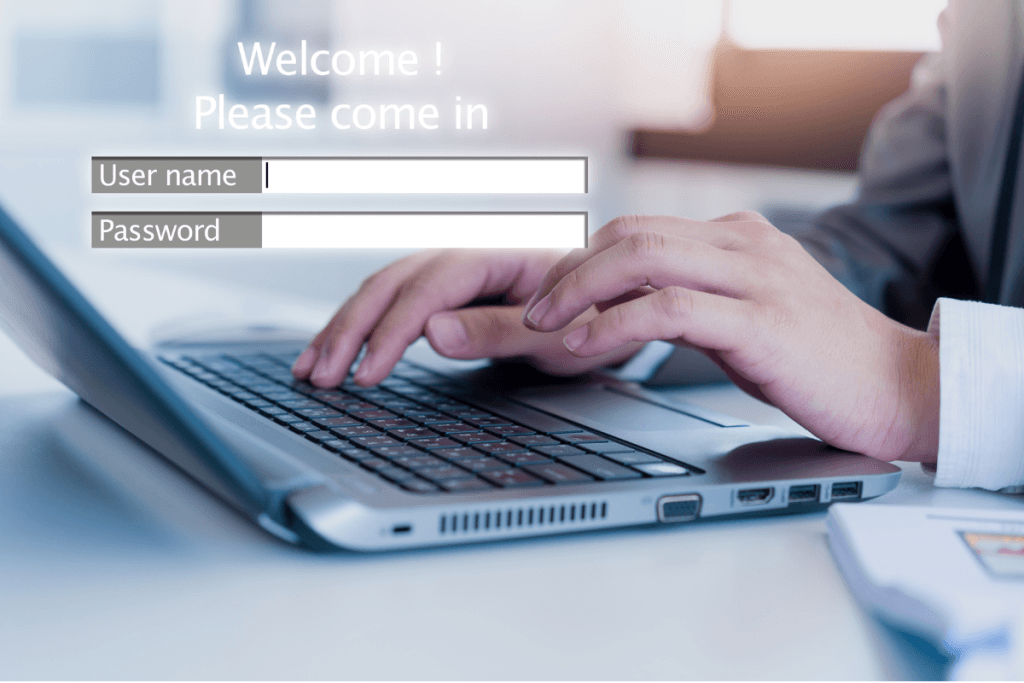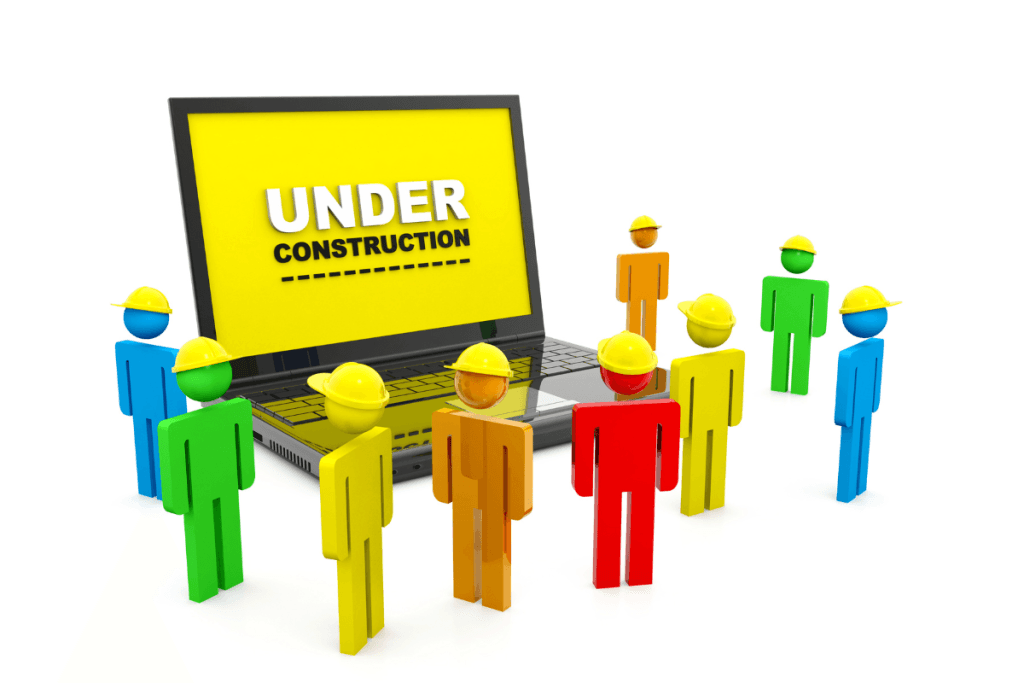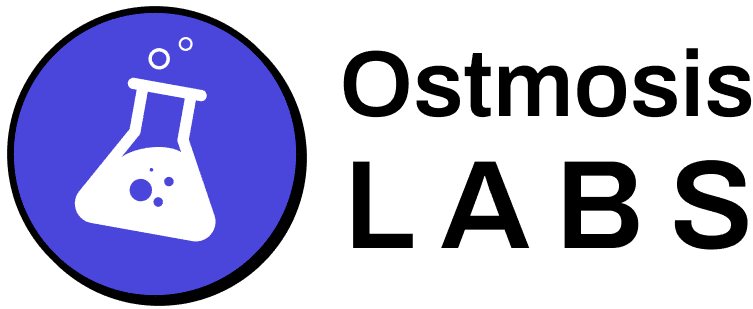The security of your online platform must be a prime concern. A potential data breach can tarnish your brand’s reputation, compromise your customer’s confidential information, and may even result in substantial financial loss. Due to these potential threats, one must use all the tools at their disposal to ensure their website’s security, including a website safety checker.
A website safety check involves screening your website for vulnerabilities, possible infections, and website blacklist status. While it may seem complicated at first, following these easy steps can protect your website using a website safety checker.
The Importance Of Website Safety
Safety is not an amenity in the vast online ecosystem – it’s necessary. In the event of a security breach, not only could sensitive information be stolen, but your website’s reputation can also be tarnished, leading to loss of trust and potential business.
The online sphere teems with threats like malware, hacker attacks, phishing scams, and other malicious entities. These threats are often hidden, making the use of a safety checker vital to detect them. The best defense is a good offense.
Use a reliable website safety checker, such as Ostmosis Labs’ state-of-the-art tool, to implement preventive measures. It’s not just about finding threats; it’s about predicting and safeguarding your website from potential risks.
Step 1: Choose A Robust Website Safety Checker
Venturing online, website safety is your shield. Choosing the right safety checker becomes more than a choice – it’s a priority.
- Importance of reliable website safety checkers: These ensure your website’s reputation, security, and integrity aren’t compromised. Reliable checkers like ours at Ostmosis Labs use complex algorithms to help protect your web presence.
- Key features to look for: At the heart of a good website safety checker are essential features such as SSL verification, malware detection, spam filtering, and blacklist monitoring. It should also be able to check external links for any potential harm.
- Overview of popular website safety checkers: Tools range from Google’s Transparency Report to the more specialized ‘Scamadviser’, each focusing on different aspects of website security. But for all-around protection, Ostmosis Labs’ website safety checker stands tall.

Remember, don’t just check if your website is safe – ensure it. Choose a safety checker that does more than just scan URLs. Check your website’s security thoroughly, from server integrity to software safety, and choose a robust tool that meets and exceeds industry standards. With Ostmosis Labs, your online safety is just a click away.
Step 2: Perform Regular Checks
Once equipped with a robust website safety checker, the journey for a safer online presence doesn’t stop. Regular checks are crucial, and here’s why:
Depending on your site’s size and nature, the checks’ frequency may vary. A news portal or large e-commerce site might need daily safety checks, whereas a static brochure site could be checked weekly or bi-monthly. The key here is consistency. Stick to your schedule, and let Ostmosis Labs help to keep your website safe!
Online threats can occur anytime – that’s why regular checks matter. Swiftly detecting any malicious link or phishing scam can prevent your site from significant harm.
Remember, a safety check is not a one-time magic spell to ward off all cyber threats. It’s an ongoing practice for maintaining your website security. So, use our online tools and conduct regular checks because the best cure is always prevention. Commit to a routine of website checks with us, Ostmosis Labs. Your users will thank you for it.
Step 3: Interpret And Act On The Results
A website safety check doesn’t end with scanning – it’s essential to interpret the results and act accordingly. Below are crucial points for your attention:
- Understanding Potential Vulnerabilities: The checker may detect several vulnerabilities, like outdated Javascript or suspicious files hiding in your database. Understanding these threats and their implications on your website’s safety is essential.
- Weighing False Positives vs. Actual Threats: Though website safety checkers are advanced, occasionally, they might raise a false alert. Ostmosis Labs’ safety checker employs a superior algorithm designed to minimize these.
- Acting Timely on Identified Issues: Once issues are identified, immediate action is critical. Whether updating your plugins, blocking a malicious URL, or cleaning your server, a brisk response can prevent harm to your reputation and, more importantly, your consumers.

Leveraging a reliable tool and interpreting the analysis will guard your website. Regularly check if your website is safe, fix the issues, and maintain a healthy, secure website ecosystem. After all, website security is not a one-time event but an ongoing journey.
Step 4: Update Regularly
Regularly updating your website plays a paramount role in maintaining its safety. Here’s why:
- Potential Risks of Outdated Systems and Software: An outdated site can be an open invitation to cyber threats. Old systems may have vulnerabilities, which hackers can exploit to inject malicious links or phishing scams.
- Importance of Keeping Website Software and Plugins Up-to-Date: Regular updates rectify known issues and plug security gaps that could leave your website exposed. Updated software and plugins also provide your website with the latest features and performance improvements, keeping it safe and at the top of its game.
Remember, website security isn’t a one-time event but an ongoing commitment. You can commit to regular checks by hiring Ostmosis Labs for your web maintenance services, prompt action, and timely updates. It’s your fortress, so fortify it! Make good use of our services for a quality safety checker, stay updated, stay secure, and make your website the safest place online for your users.
Step 5: Backup Your Website
System malfunctions and cyber-attacks are unfortunate realities in the digital world, making regular website backups imperative. Here’s why:
Regular backups ensure you always have an up-to-date copy of your website data. This can be the lifesaver you need, enabling you to restore your site quickly and efficiently if it becomes the victim of a malware attack or a technical glitch.
Choose a backup service that meets your needs. Ostmosis Labs offers services for a website security checker with an integrated backup solution. Our tool will scan and back up your site, making it a cinch to maintain your website’s well-being.
Losing your website’s data is a momentous hiccup that can push you off the map. Ensure prompt detection and protection with our safety check. Use our user-friendly tool, and maintain regular backups to handle any crisis head-on because a well-backed-up website is a safer website!

Step 6: Invest In Higher Levels Of Security
Going the extra mile with advanced security measures today could save you a mountain of headaches tomorrow. Here’s why:
Higher security measures like Web Application Firewalls (WAFs) protect your site from sophisticated threats. They block malicious bots and spam, preserving your website’s reputation and serving as a robust wall of defense. Advanced security levels can combat various threats. Phishing? Check. Malware attacks? Check. Unauthorized link injections? Check.
A website safety check isn’t a one-off thing. The digital landscape is continually evolving, and new threats appear every day. Schedule regular safety checks—monthly, at least—to ensure your website remains secure and free from threats.
Safeguarding your website isn’t only about protecting your business. It’s about maintaining your user’s trust and ensuring a safe and pleasant online experience. Using a website safety checker is a significant first step towards achieving this goal. Give it a try, and enjoy the peace of mind of knowing your online platform is secure.
Simply put, the safer your site, the safer your users. So, use the best for your fortress!


